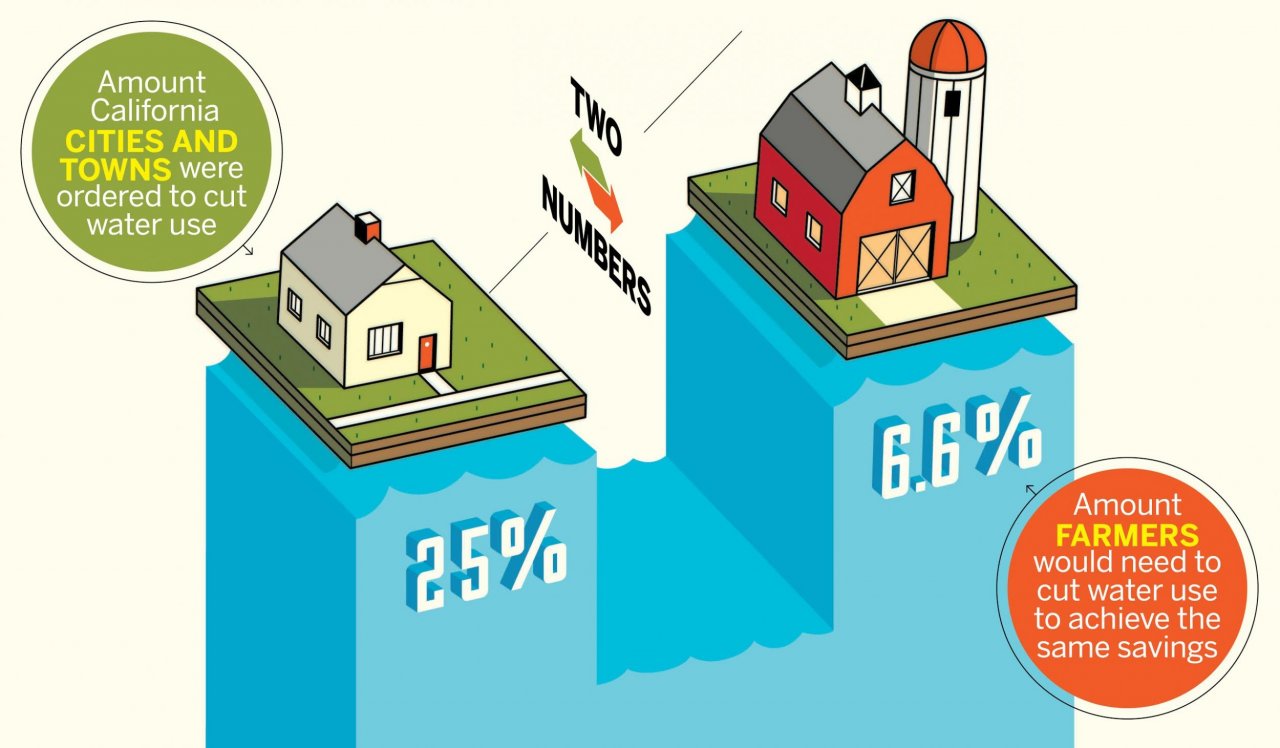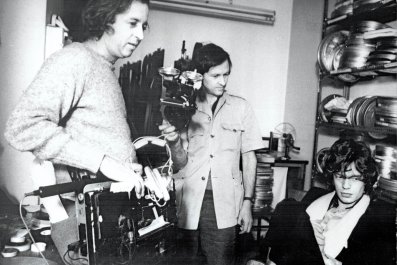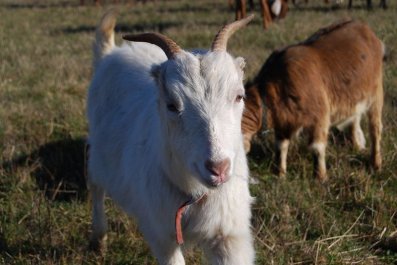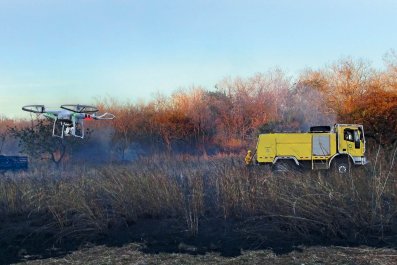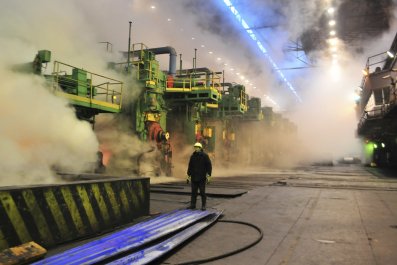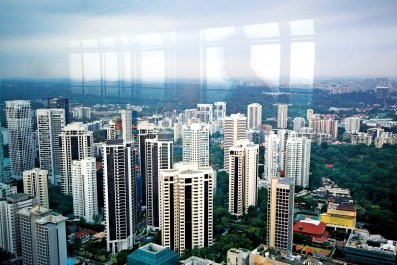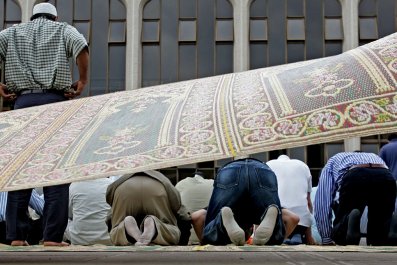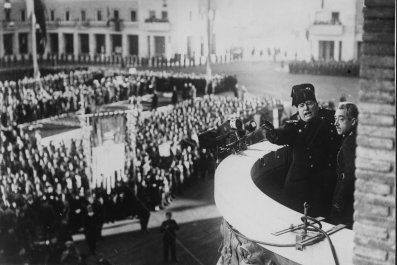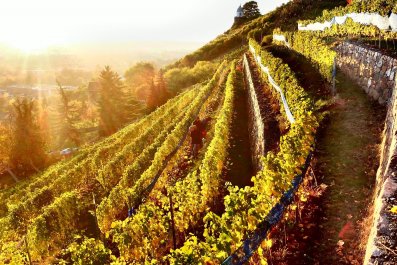Faced with the worst drought in its history, California has told towns, businesses and private citizens to replace their lawns with plants that aren't so thirsty and make other changes to reduce water usage by 25 percent. That could save around 500 billion gallons of water a year, which is impressive. But critics say it's not enough.
Why, when the state's stored reservoir water supply is at risk of drying up within a year, is Governor Jerry Brown focusing only on ornamental landscaping? Agriculture uses nearly four times as much water as urban consumers. Towns and cities in California use around 9.1 million acre-feet of water per year (nearly 3 trillion gallons), while agriculture uses 34.6 million acre-feet per year. In the Central Valley, desperate farmers are pumping greater and greater quantities of water from dwindling aquifers. The land in some places is subsiding by 1 foot per year—sinking into the emptying water table.
While it's hard to argue that highway medians and golf courses need all that green grass, it seems odd to ignore farming entirely when seeking to conserve water.
Towns and cities have been ordered to replace 50 million square feet of lawns with landscaping that doesn't require constant watering, and golf courses, campuses and other highly irrigated ornamental landscapes will be required to significantly cut their water use. If the state focused its mandatory water cuts on agriculture industry, farms would need to reduce their use by just 6.6 percent to achieve the same savings.
So why isn't the state cracking down on farmers? "Agriculture has already suffered major cutbacks," Brown said on April 1, the day he announced the water policy, standing on dry grass in the Sierra Nevada, where 5 feet of snowpack should have been. Already, many farmers had to leave fields fallow, amounting to 400,000 acres of land taken out of production last year.
California has by far the largest agricultural industry of any state in the U.S., producing nearly half of the country's fruits, nuts and vegetables. In 2013, farmers in the state generated $46 billion worth of revenue.
University of California, Davis, researchers estimate that soaring water prices and lost crops have already cost farmers $2.2 billion in 2014 and resulted in the loss of about 17,100 jobs. Industry groups say allocations of subsidized water from California's State Water Project and the federally managed Central Valley Project, which typically provide water from reservoirs to farmers in good years, have already dwindled dramatically. "Farmers in the San Joaquin Valley have been the only ones to have their water actually completely cut off," Dave Puglia, of the Western Growers Association, told NPR. "I don't know how you can ask farmers to conserve more than zero."
It may be a painful prospect, but if the drought continues, farmers may face mandatory cuts too.



